“Art can engage people on an emotional level”
Beavers, hedgehogs, wolves and big urban trees – and announcing the new Rewilding Arts Prize.
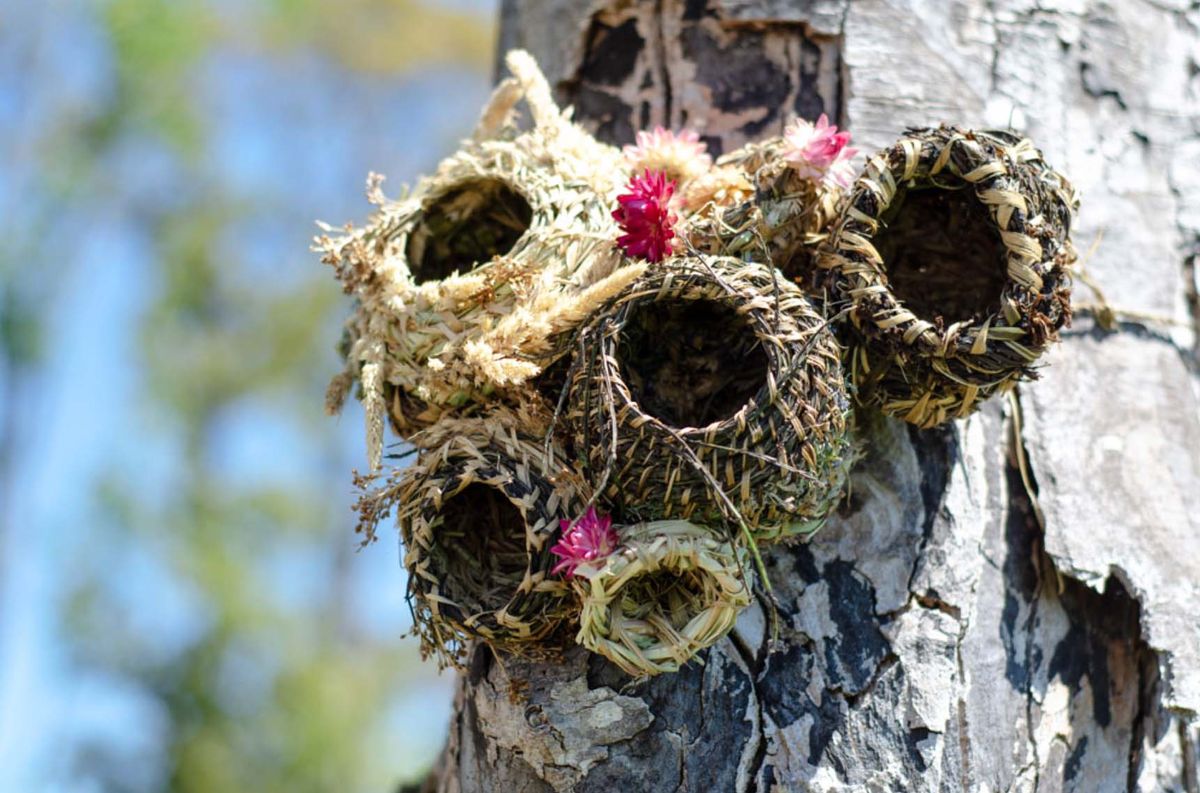
The power of art
It was serendipitous, really. In the spring, Kat interviewed professor and public art instigator Nancy Holmes for an article about bee-friendly gardening for The Globe and Mail. Holmes had mentioned the huge power art and artists have to get messages out to the public on behalf of scientists: to inspire, to provoke and to engage.
Around the same time, we were chatting with some smart people at the David Suzuki Foundation about a new rewilding and the arts initiative they were planning to launch. Did we want to partner with them on it? Naturally, the answer was yes. And so the Rewilding Arts Prize was born.
Entries are open to Canadian artists who are creating innovative art that communicates the importance of nature in our communities. If you know of anyone who fits the bill, please encourage them to apply – there are five $2,000 prizes up for grabs.
And for those of you in other parts of the world, we hope you'll enjoy watching from the sidelines and learning more about some of Canada's most talented artists. We'll be publishing profiles of a number of them throughout the next few months, starting with our panel of judges. First up is Christi Belcourt, whose colourful beadwork-inspired paintings light up both screens and galleries. (We've got her prints on our art-shopping wish lists.) Watch for more profiles appearing in the coming weeks.
And speaking of coming weeks, while we're not affiliated with them, we've found out about a couple of upcoming online events our readers might be interested in. On Friday, The Beautiful Truth magazine is hosting a short film screening and panel discussion on biodiversity and the case for rewilding. And on November 9th, Journeys with Purpose is hosting a discussion with conservationists Barbara and Christoph Promberger on rewilding in Romania's Carpathian Mountains, hosted by Isabella Tree. Tree and her husband, by the way, have a new how-to book on rewilding coming out in 2023. Watch this space for more information on that.
Stay wild,
Domini Clark and Kat Tancock, editors
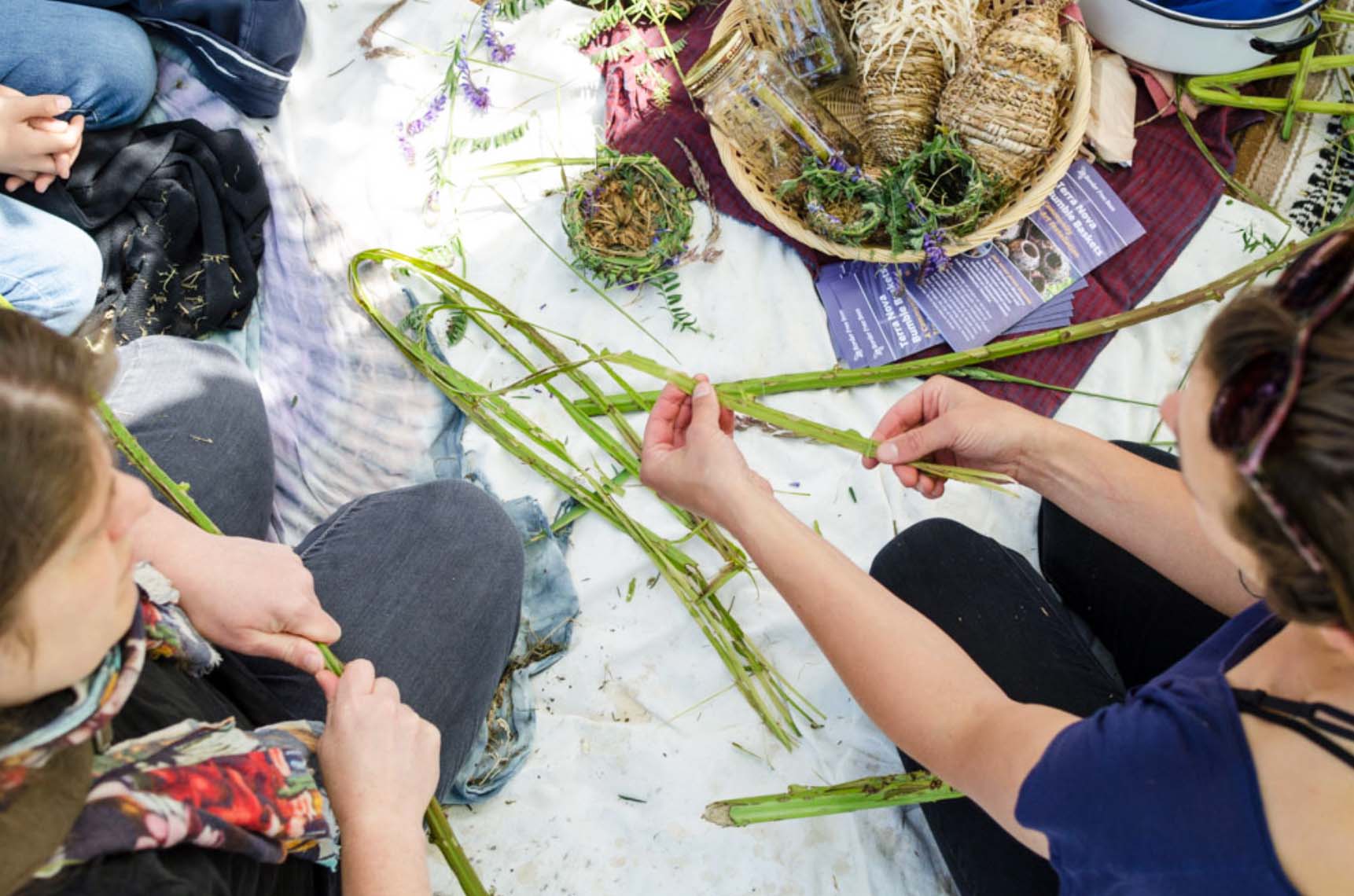
Why the rewilding movement needs art
Art has the power to make us think, fill our lives with colour and beauty and inspire us to make impactful choices for the future of our planet.
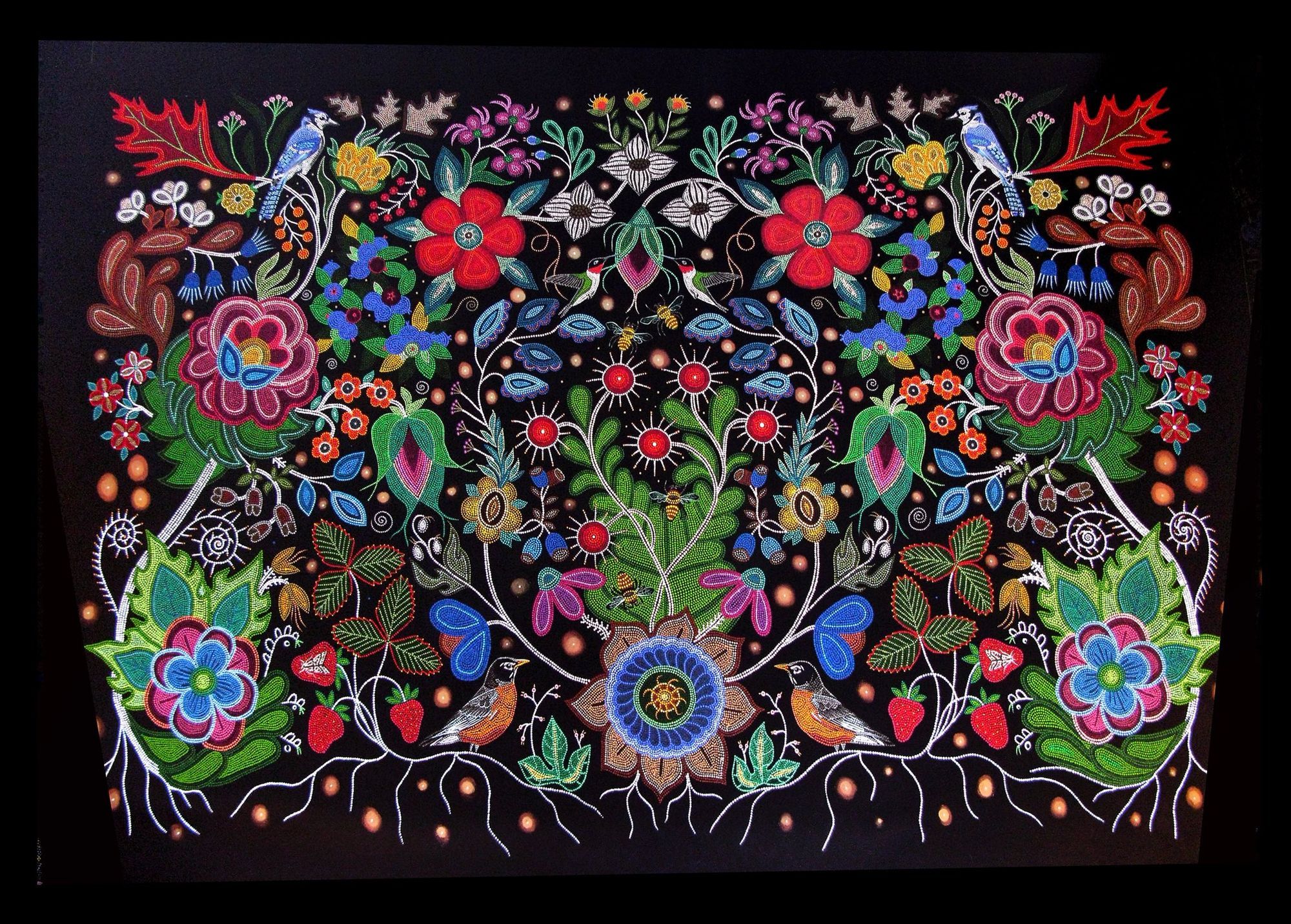
The painter raising awareness of our connection with nature
Christi Belcourt creates art to help us rebuild our relationship with the Earth – so we can fight for a better future.
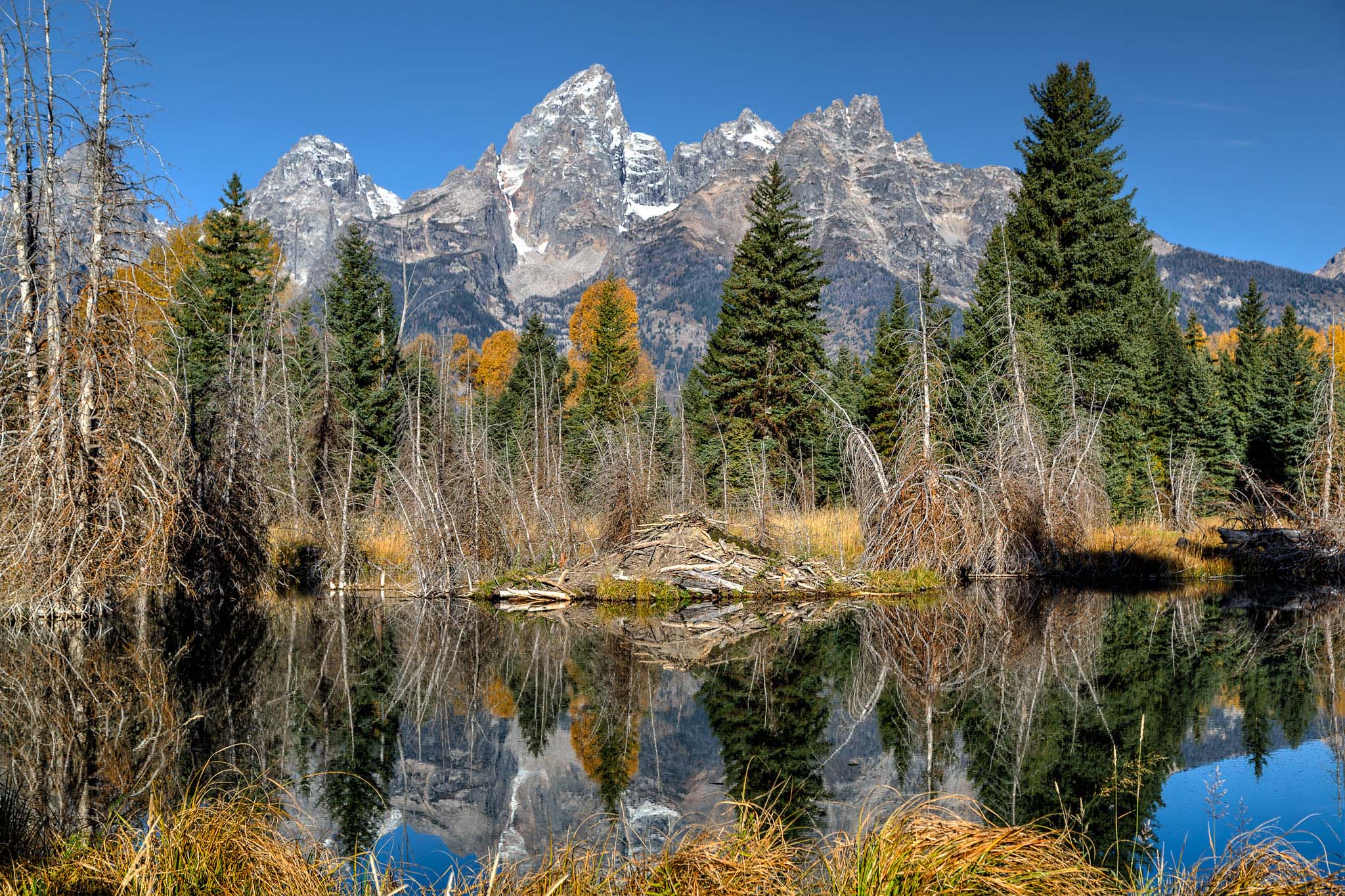
What beavers can teach us about managing water
Beaver dams and ponds help maintain water when there's too little and slow it when there's too much. Here's why these industrious rodents are the climate resilience heroes we need.
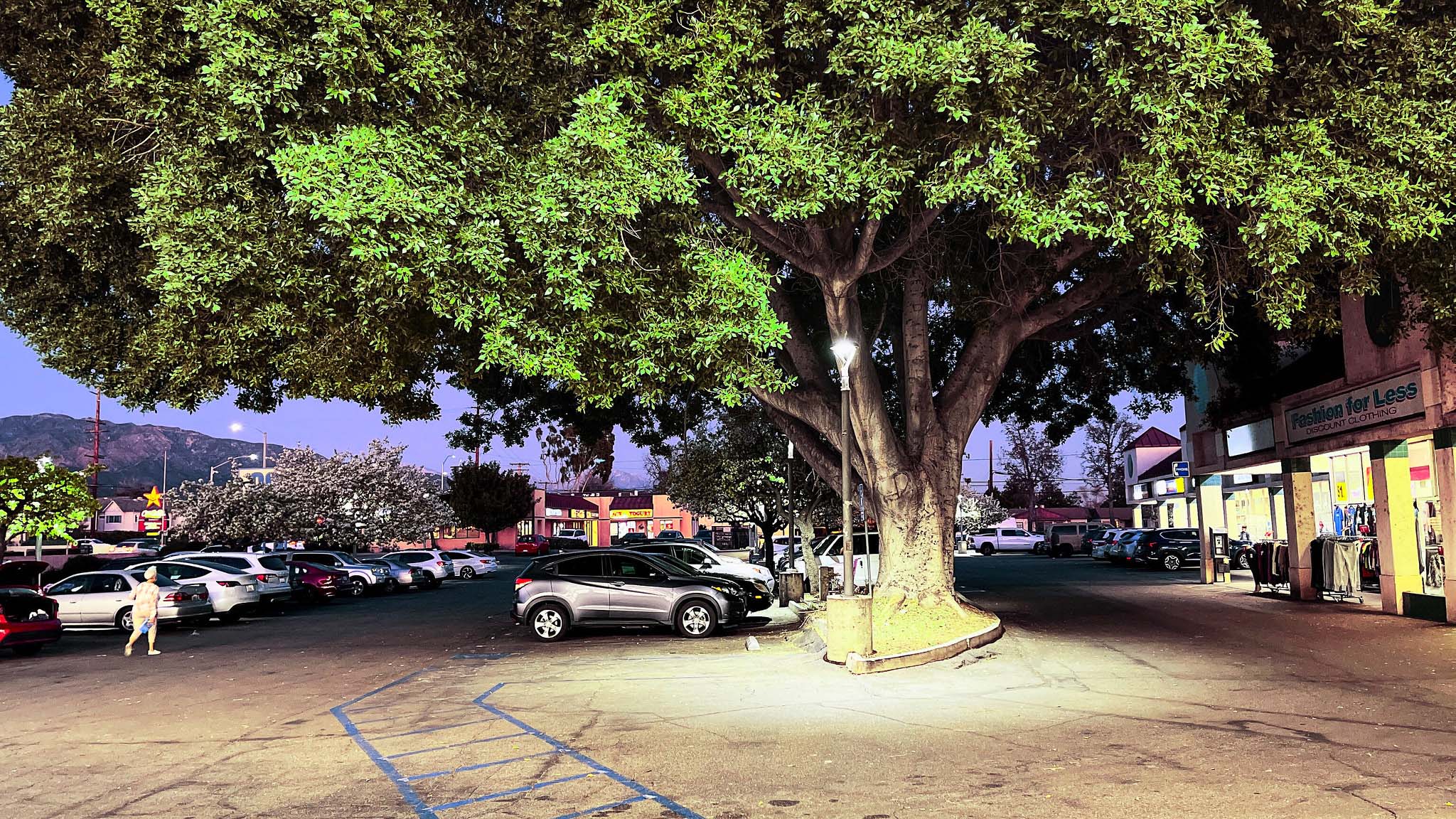
Why large trees are essential for healthy cities
Trees make cities a better place to live. Here's why large ones deliver the best benefits, and how to help them grow and survive.
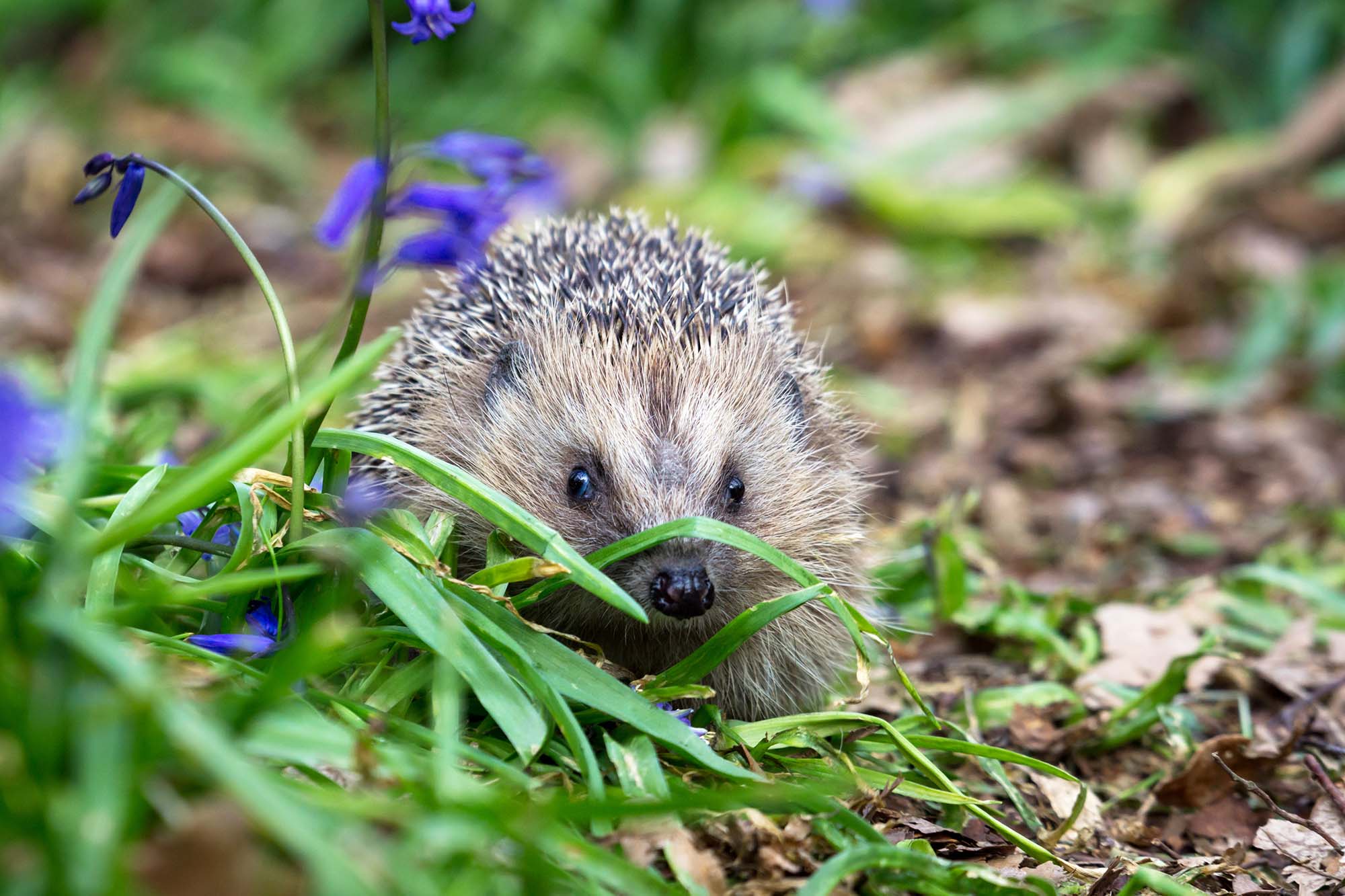
Want hedgehogs to nest in your garden? Here are some tips
New research gives insight into how best to set up hedgehog houses in your garden to help protect this endangered UK species.
“In Britain, we watch catastrophic flooding in our uplands, forgetting the beavers that once impounded and slowed those very upland streams. We erect expensive fences and plastic tubing to protect trees against deer in the Highlands of Scotland, forgetting that wolves are the surest tree guardians of all. We have forgotten the power of wilder forces to enhance the world around us – a world of which we, too, are an intrinsic living part.”
– Benedict Macdonald, Cornerstones: Wild Forces That Can Change Our World
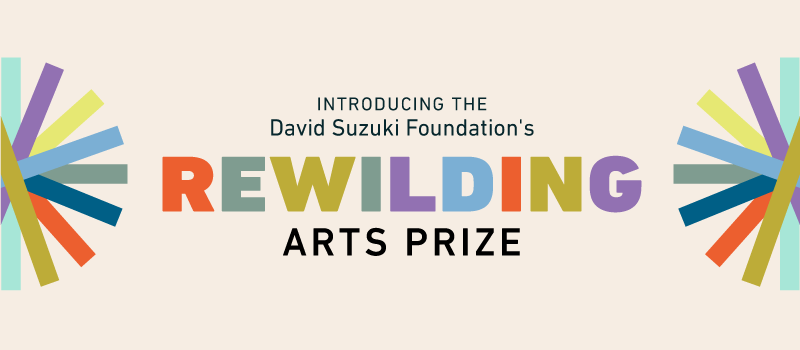
We're pleased to be partnering with the David Suzuki Foundation on its Rewilding Arts Prize. Entries are open to artists and groups in Canada who are using artistic means to creatively visualize and bring attention to issues of rewilding in our lives and communities. Selected artists will be awarded $2,000 and their artwork will be profiled and shared by the David Suzuki Foundation and Rewilding Magazine. Entries are being accepted until November 29, 2022; find details and the entry form on the David Suzuki Foundation's website.
Recommended reads
The 1995 reintroduction of wolves into Yellowstone National Park is a classic example of rewilding, and much has been written about its effect on local ecosystems. But what is life there like for the wolves themselves?
Retired National Park ranger Rick McIntyre spent much of his career observing these animals, including 25 years in Yellowstone itself. He’s since been turning his field notes into books chronicling the lives of the park’s alpha wolves. The latest, the fourth in the series, tells the tale of 06, an alpha female whose 2012 death was marked by The New York Times and who has been called the world’s most famous wolf.

McIntyre has a gift for narrative, and as you read about 06’s journey from lone wolf to mate, leader and protective mother, you’ll get caught up in the highs and lows of her pack’s lives in this simultaneously remote and highly visited area. Most of all, you’ll gain an understanding of the day-to-day experiences of this iconic predator: the competition, the co-operation, the work and the play – and, especially, the ways female wolves are at the centre of pack existence.
For a species so attached to its domestic canines, humans have a strangely strong history of misunderstanding their wilder cousins. These books can help to bridge that gap.
We encourage you to borrow The Alpha Female Wolf from your local library or purchase from an independent bookstore.
Elsewhere in rewilding
There’s so much conversation on how beavers can offer “ecosystem services” and help us be more climate resilient. But it’s time, says The Revelator, to recognize that beavers aren’t just human sidekicks.
If fall gardening is on your agenda, Elizabeth Waddington at Treehugger asks you to leave herbaceous perennials standing for the sake of local wildlife.
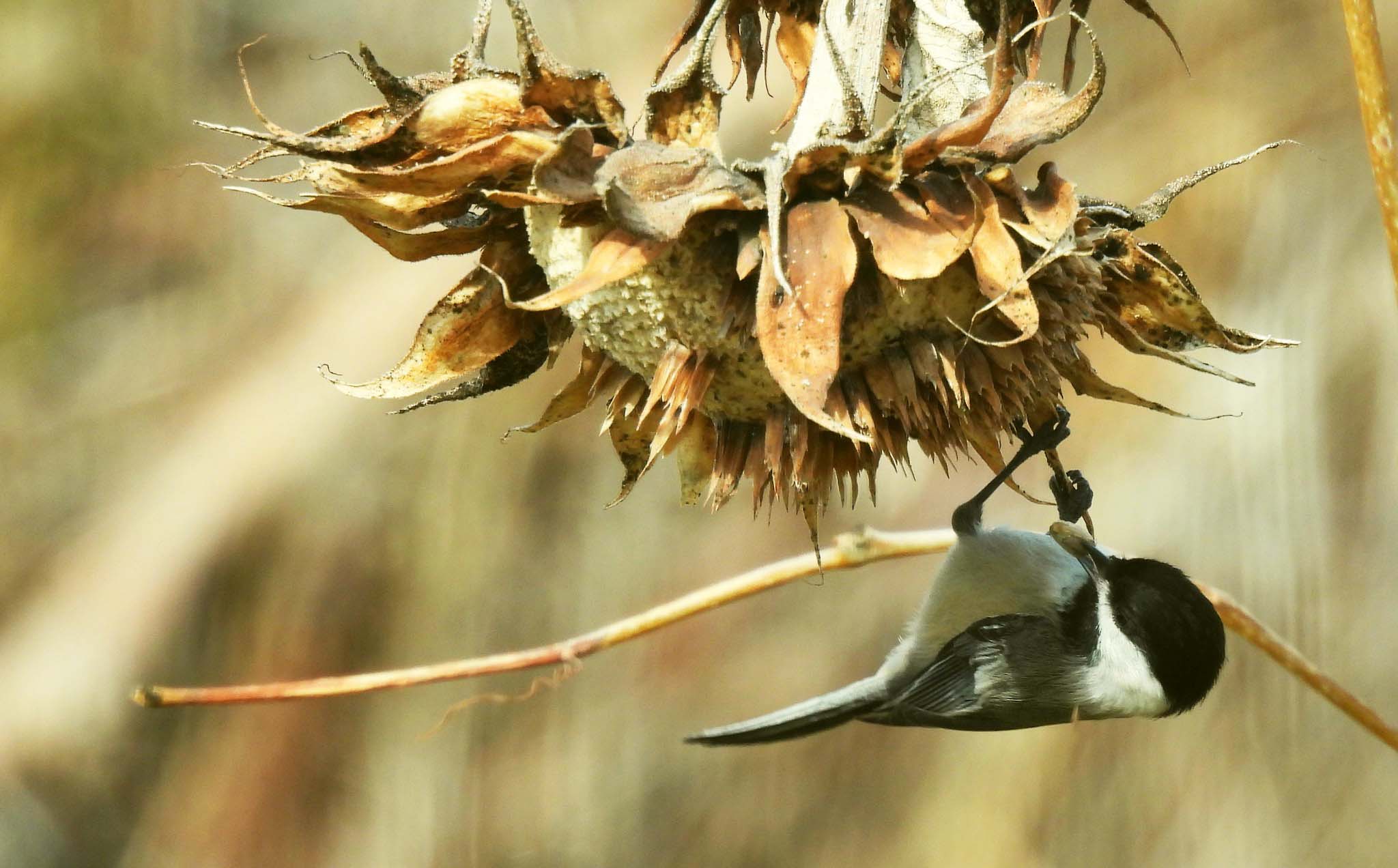
From Quadra Island on Canada’s West Coast, a story on how one school is rewilding a wetland on its grounds.
Ambitious tree planting projects are failing, says journalist Fred Pearce. The reason? Prioritizing big numbers and newsworthiness over maintenance and sustainability.
And from Grist, a tale of rebuilding an Indigenous foodway in Washington state – slowly and carefully, as an investment in the future.
• The surprising downside of #NoMowMay
• 6 steps to rewilding at home
• Can beavers make our cities better?
• How the Miyawaki method can help us restore forests faster
• The troubling truth about Ireland's forests
❤️ Enjoy this newsletter?
Send to a friend and let them know that they can subscribe, too.
Share your expertise: Do you know a project, person or story we should feature? Let us know.
Just want to say hello? Click that reply button and let us know what you think – and what else you'd like to see. We'd love to hear from you.


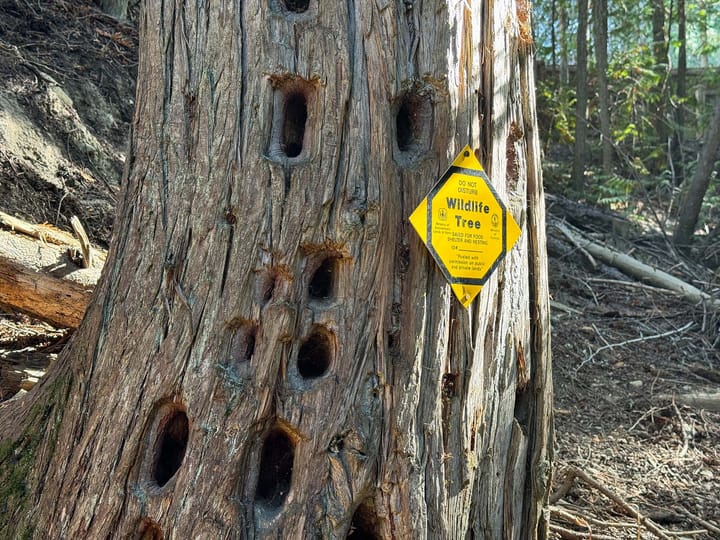
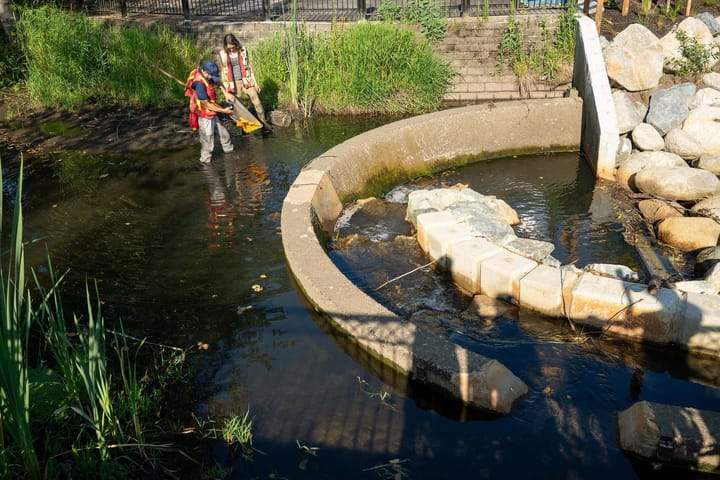

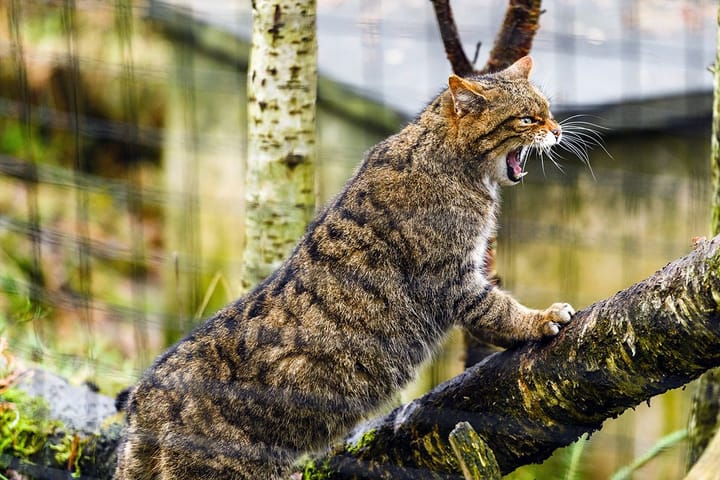




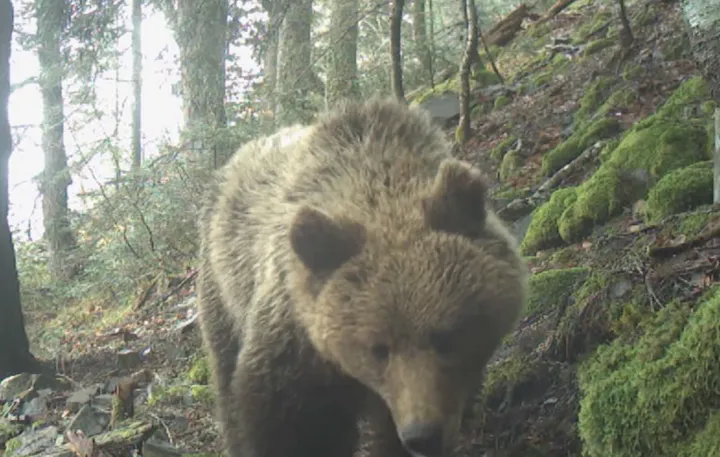

Comments ()